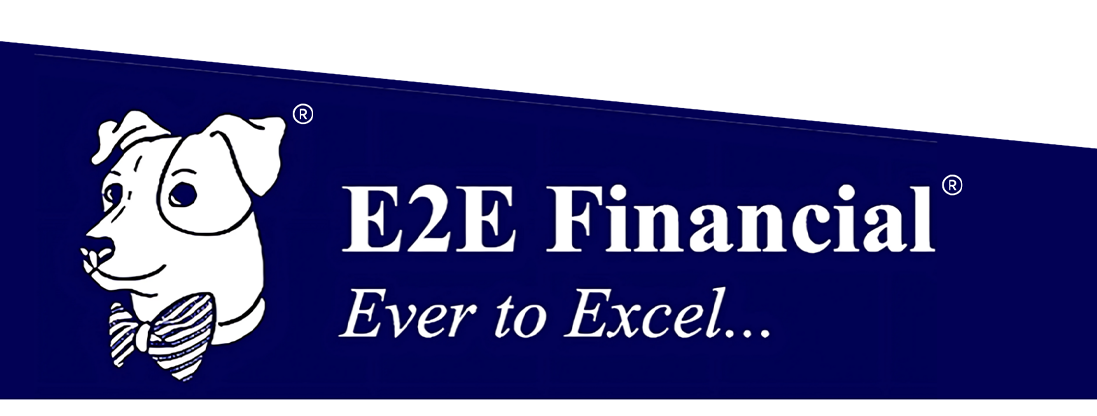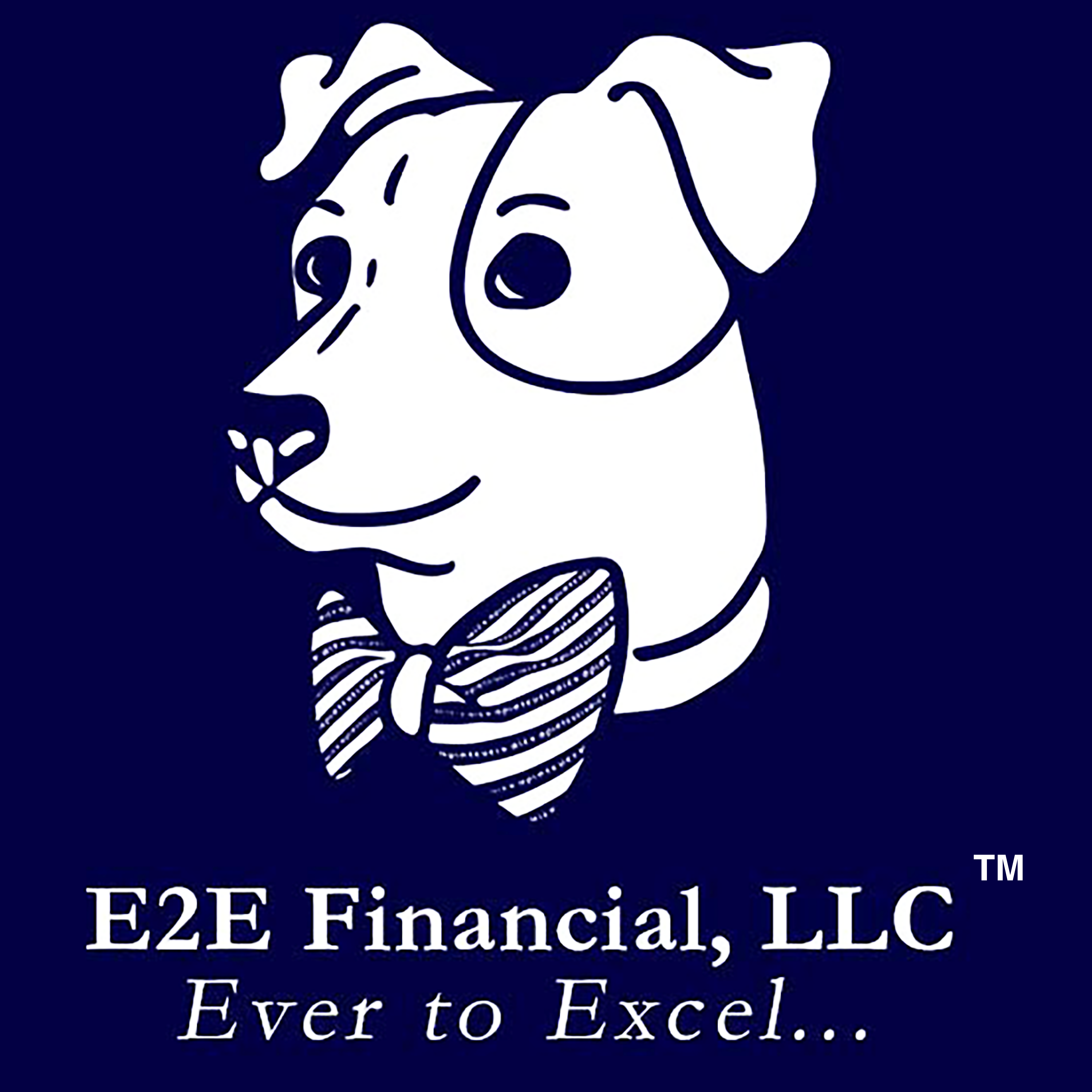
I’ve been blessed to provide investment advice for over 20 years. I’ve learned a few things along the way that can help you become a better investor.
- Sometimes the best investment action is no action. Many times, like the great tech bust of 2000, the Great Recession/Great Financial Crisis of 2007-2009 and most recently the COVID bust of 2020, it’s felt like we had to take action on our investments. When in actuality, some of your best moves were to stay put. This is assuming you had a good portfolio to start with…
- Have a well-diversified portfolio. Do you have a diversified portfolio of not only stocks, bonds and cash but also geographically diverse along with investments that perform inversely from one another? This is key to true diversification
- Investor or gambler? Have you self-assessed your tendencies? If you find yourself constantly buying and selling investments, you might be a gambler. An investor develops a portfolio and sticks to it long-term. Long-term, to me, is a minimum of 5 years and preferably 10+ years. Being a gambler is ok. Just be sure to separate your investments from your gambling.
At E2E Financial, we’ve been helping investors become better investors by applying these points and more. Learn more about our investment philosophy by watching my video. Ready for a free portfolio review? Reach out.
Your weekly market update is here.
Disclosures: There is no guarantee that a diversified portfolio will enhance overall returns or outperform a non-diversified portfolio. Diversification does not protect against market risk.




